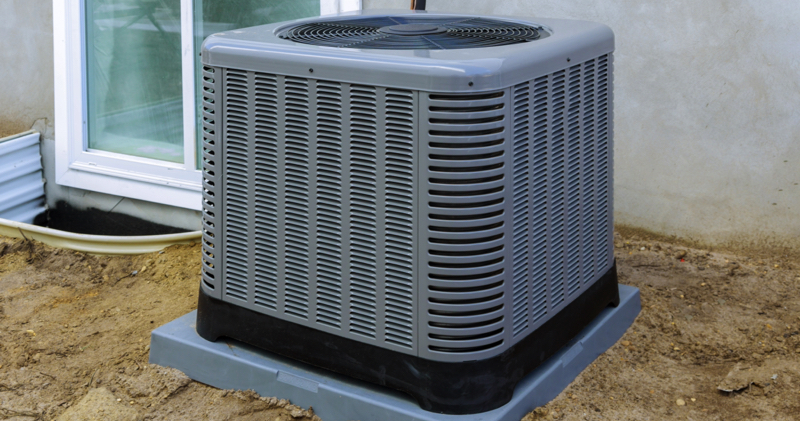
02 Feb 7 tips to prepare an HVAC system for winter operation
7 tips to prepare an HVAC system for winter operation
- Identify the location and model: Check the basement, attic and exterior to locate the system. It is important to know what type of HVAC equipment is being used to ensure the manufacturer’s recommended maintenance schedule is being followed and appropriate steps are taken to prevent breakdowns. To identify its age
Check the labels and determine the age – Most HVAC equipment comes with a label that provides information about its make and model number.
Examine the equipment; different types of HVAC equipment have different physical characteristics.
Consult a professional – If you are still unsure about what equipment you have, it is always best to consult a certified HVAC technician.
- Visually Inspect: Because many Americans store holiday decorations or items rarely used near their HVAC system, it is important to check for any obstructions that could prevent proper airflow and create a potential fire hazard. Look for signs of pests and inspect the floor for any water or rust stains. This might indicate an issue with your system that needs further investigation.
Inspect again: When completing your inspection, check all areas to double-check that all information above has been covered. Wipe down your system with a dry cloth to remove dust buildup.
- Check the exhaust vent: Carefully examine the vent to see if any signs of damage, such as rust or debris, may be obstructing the flow of gases or causing a leak. Test the airflow by turning on the HVAC system to see if the air is coming out of the vent. If the airflow seems weak or there is no airflow, it could be a sign that the vent is blocked.
- Check the gas line (if applicable): Check for any visible cracks or leaks and ensure the gas line works properly. If you are unsure or have questions, please contact a trained professional. If there is any visible damage or smell of “rotten eggs,â€it’s vital to have the gas line repaired as soon as possible to prevent any dangerous leaks. A horizontal pipe valve means it is off, while a vertical pipe valve is on and open.
- Check the filter: Typically located in the HVAC system’s return air duct or blower compartment. There are several steps to check and replace your filter:
Turn off the system
Remove the filter
Inspect the filter
Choose a replacement filter with a MERV rating of at least 8
Install the new filter
Turn the system back on
Turn on the heat: Set the thermostat to auto. When initially turning on the heat, if the HVAC system emits an odor similar to something burning, that is normal. If the smell persists after an hour, act immediately. The smell of burning could indicate a severe problem with your system that could potentially lead to a fire.




Sorry, the comment form is closed at this time.